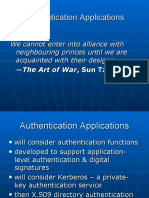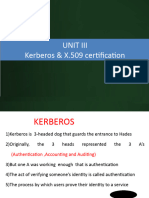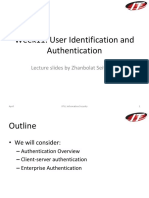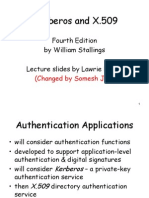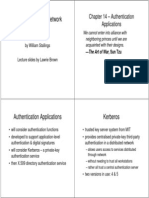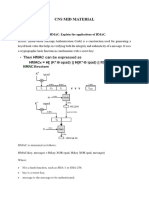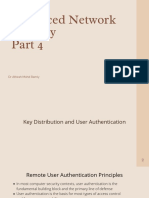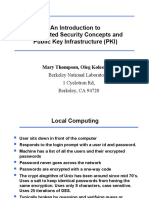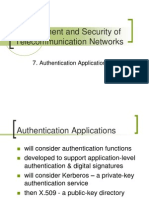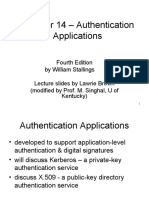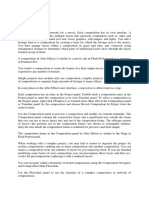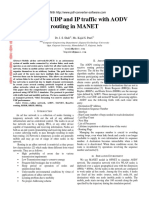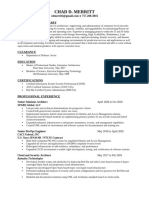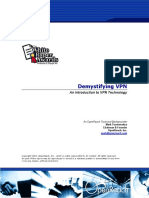0% found this document useful (0 votes)
54 views3 pagesSecure Authentication For Group Communication
This document proposes adding biometric information to X.509 digital certificates to improve authentication security for group communications. It discusses how conventional certificate-based authentication only verifies certificate ownership, not identity. The authors propose including a user's fingerprint in the extensions portion of an X.509 v4 certificate to positively identify the certificate holder. Performance tests show this approach does not degrade system performance while enhancing security by strengthening the link between individuals and the certificates they present.
Uploaded by
Vinod MalikCopyright
© © All Rights Reserved
We take content rights seriously. If you suspect this is your content, claim it here.
Available Formats
Download as PDF, TXT or read online on Scribd
0% found this document useful (0 votes)
54 views3 pagesSecure Authentication For Group Communication
This document proposes adding biometric information to X.509 digital certificates to improve authentication security for group communications. It discusses how conventional certificate-based authentication only verifies certificate ownership, not identity. The authors propose including a user's fingerprint in the extensions portion of an X.509 v4 certificate to positively identify the certificate holder. Performance tests show this approach does not degrade system performance while enhancing security by strengthening the link between individuals and the certificates they present.
Uploaded by
Vinod MalikCopyright
© © All Rights Reserved
We take content rights seriously. If you suspect this is your content, claim it here.
Available Formats
Download as PDF, TXT or read online on Scribd
/ 3








